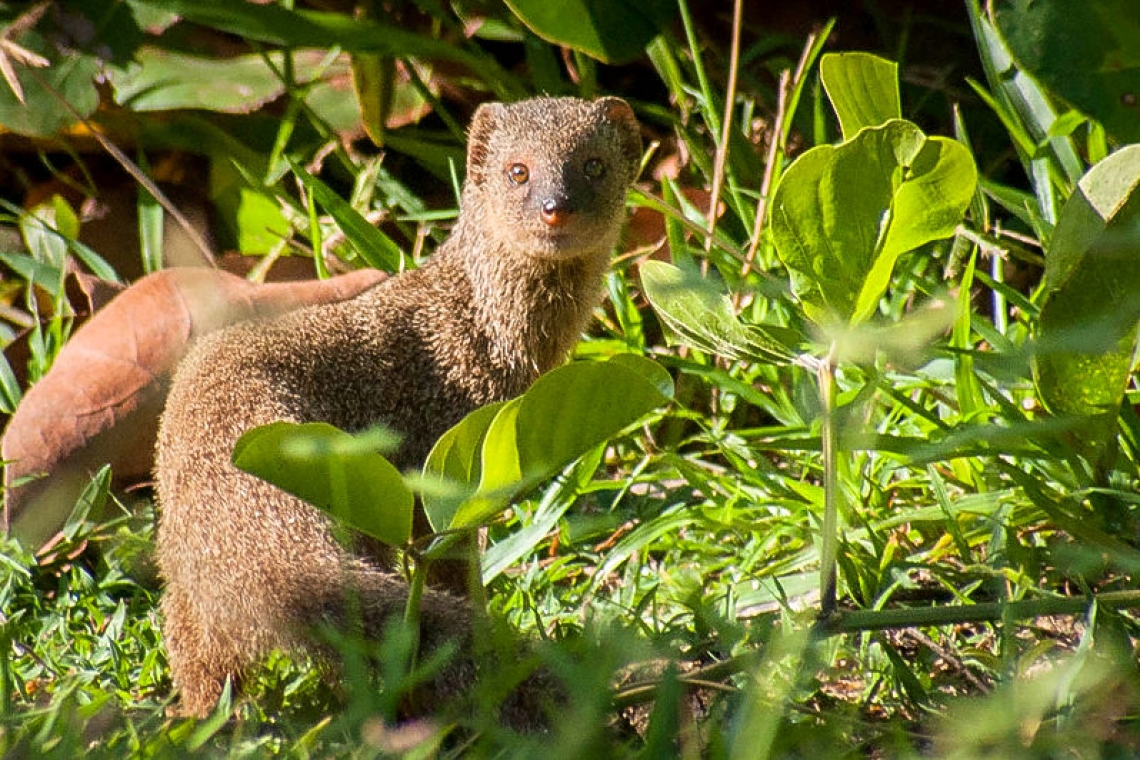By Mark Yokoyama
There are infinite interesting facts about St. Martin wildlife. But if you had just a couple minutes to tell someone what is so special about St. Martin, what would you choose? Here are three wildlife stories that everyone should know.
There are animals that live only on St. Martin. There are two lizards you can see today, and one that is extinct. These animals were stranded here thousands or millions of years ago and evolved right here to become unique species. If they don’t have the habitat they need here, they could disappear from the world. That’s a good reason to make sure we save some wild spaces. The unique animal you are most likely to see is the Bearded Anole, a small tree lizard that is usually tan with bright blue around its eyes. The Spotted Woodslave is harder to find. It is a giant gecko that lives in the forest.
About half our birds are long distance travellers. Some birds live here all year, but about half the species that have been seen here are migratory birds. Most spend their summer in North America raising their chicks. Many go as far north as Canada and Alaska. When it is too cold to find food there, they come to St. Martin, or stop here on their way further south. Our salt ponds attract many birds that come to hunt fish, crabs or snails. Many of these birds spend most of their year here, so we could think of them as St. Martin birds that summer in the north.
Non-native animals are transforming St. Martin. The island is now home to many animals that were not from here. Amerindians brought the Red-footed Tortoise in prehistoric times, rats arrived on the first European ships and the mongoose was introduced in 1888. These days, most species arrive with shipments of trees and plants. The Cuban Tree Frog, Giant African Land Snail and the Brahminy Blind Snake probably arrived this way. Some cause trouble for native species, others don’t. The mongoose exterminated our native snake and two lizards. Introduced snails can eat up both gardens and wild plants.
What St. Martin wildlife story do you think everyone should know? Tell us by writing in to The Daily Herald or This email address is being protected from spambots. You need JavaScript enabled to view it..







